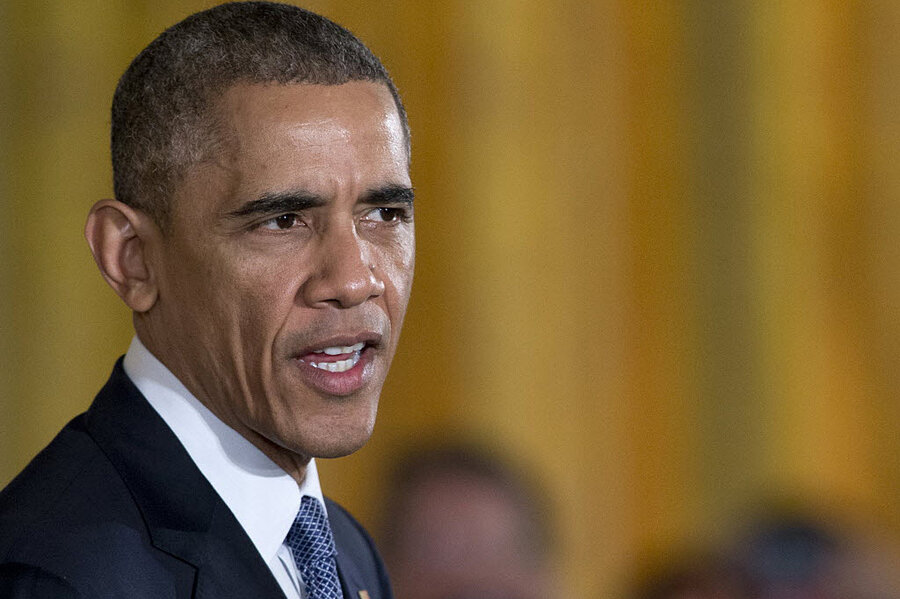Who are the Americans without Internet access?
Loading...
In 2000, only half of American adults used the Internet. Now, 85 percent are connected, and many cannot imagine living any other way. But what about the unconnected 15 percent?
People over the age of 50 or who live in rural areas, have less education, make less money, or are Black or Hispanic are less likely to be plugged in, according to recent data from the Pew Research Center – though these factors have different levels of influence.
After the dramatic growth in the number of Internet users between 2000 and 2015, stats have leveled off in recent years. The percentage of adults without Internet access was the same in 2013 as it is now, reports Pew.
“A lot of the easy adopters have already been converted,” Aaron Smith, associate director at the Pew Research Center, told the New York Times.
Age remains the best predictor of who is not plugged in, the data shows. After age 50, a person’s likelihood of not connecting jumps from 6 percent to 19 percent, and after 65 it surges to 39 percent.
Elderly people face the “dual barrier” of unfamiliarity with Internet-capable devices and having less money to spend on them, the Times reported.
Income is another, weaker predictor for Internet access, finds Pew. People making less than $30,000 a year were about 10 percent less likely to have Internet access than those in the next highest income bracket, according to the new data, but in 2013 only one in five of those who did not use the Internet cited cost as a reason.
Most surprisingly for the plugged-in generation, most Internet non-users are content to remain so. Only 8 percent of non-users wished to start using the Internet in 2013. Even so, efforts to bring Internet to low-income households are on the rise. President Barack Obama is piloting ConnectHome, an initiative to bring free or discounted broadband Internet to communities assisted by the Department of Housing and Urban Development.
Last week, the Federal Communications Commission approved Internet provider AT&T’s takeover of DirecTV, on the condition that AT&T expand broadband service to 12.5 million locations, including schools and libraries.
Families without Internet access in their homes or in local schools or libraries face a disadvantage that perpetuates a cycle of poverty, proponents of these programs say – adults cut off from the Internet miss out on job opportunities and resources, while kids have a harder time completing their homework, hampering success in school and beyond. In a January speech, Mr. Obama called broadband Internet a “necessity,” not a “luxury.”
“This is about helping local businesses grow and prosper and compete in a global economy,” he said. “It’s about giving the entrepreneur, the small businessperson on Main Street a chance to compete with the folks out in Silicon Valley, or across the globe. It’s about helping a student access the online courses and employment opportunities that can help her pursue her dreams.”






